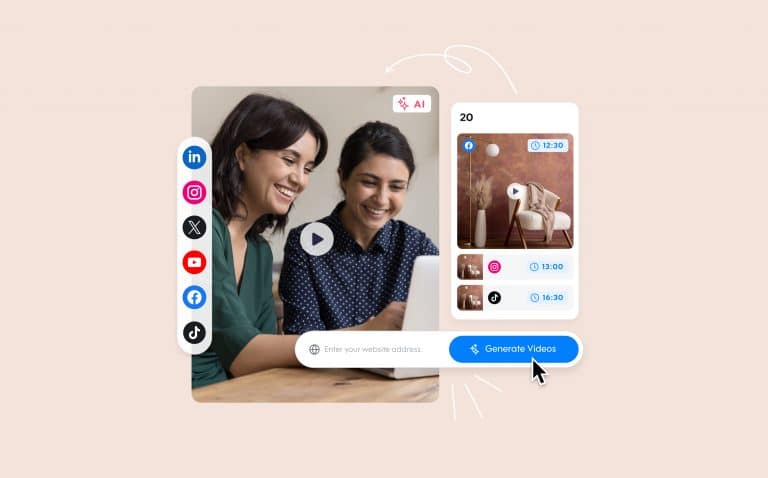
6 Strategies for Online Video Advertising
It’s become apparent that videos have taken over the media, and consequently the focus of our attention spans. In fact, video ads get a CTR of 4 to 7 times more than regular banner ads, and people spend more time engaging with videos. It’s a no-brainer: Online video advertising has become the future of content marketing, so if you haven’t already utilized it to your business’ advantage, it’s time to jump on the bandwagon. Here are 6 strategies that’ll help you create the best online video advertising.
Online Video Advertising Needs a Vision
Deciding to incorporate video advertising into your business’s marketing plan means you need to commit 110% of yourself to the task; it’s not enough to just create a haphazard video and keep your fingers crossed that it’ll yield positive results. From start to finish, you need to be intentional about every step of your campaign.
Storytelling is selling, so you have to visualize the story you want to tell and the reason behind it. Ask yourself the following questions: What is the purpose of each video? Am I trying to advertise my products? Attract followers? Generate leads? Once you’ve ironed out your vision, you’ll have a better idea of the kinds of content that will most effectively reach your target audience. If you need a muse, GoPro is a great example of a company that sells with their story, appealing to viewers with poignant, moving content while simultaneously demonstrating the effectiveness of their camera.
Keep it Short
In addition to mapping out your vision, you should consider the more technical aspects of your marketing approach, such as video length. In this case, less is definitely more. We’ve told you this before, but it’s crucial enough to hammer the point home. As a generation that’s transitioned from verbal communication to digital, we’ve become more regulated to respond to social media speech, i.e. succinct messages that will get their points across in the time it takes to scroll through a newsfeed. Millennials have been shown to have shockingly short attention spans, so you’ll want your videos to be concise while also packing enough punch to enthrall your viewers.
Add Video Testimonials
The advantage is simple: People like to be reassured, and testimonials are in-your-face reassurance that your product is a good one. Having a customer testimonial on camera is much more believable and personal than a written one. A video testimonial can attest to how great your product is while simultaneously encouraging your potential customers to trust you. The visual component of videos is the key, because seeing and hearing a firsthand account of another person’s satisfaction makes it a relatable experience, and is therefore much more convincing than just reading it off a paper.
Call to Action
Getting traffic to your videos is a good start, but it’s not enough to lock in those conversions that are the real goals of online video advertising. Your viewers will oftentimes need guidance on what to do after watching your videos, so the call to action will give them that final push to get involved and become your customers. A call to action can be simple, like providing a coupon code to use on your website. You can also be more direct and just tell your viewers what they should do next, by incorporating a text pop-up or auditory request detailing exactly what their move should be, whether that’s watching another video, going to your website, or following your business on social media.
Use YouTube to your Advantage
While it shouldn’t be the only source you use for your online video advertising, promoting your product to the 1 billion users YouTube entertains each month definitely can’t hurt. Aside from the ad campaigns you can run with on the site, there are some basic maneuvers that will help you gain traffic, like personalizing your thumbnails or even just creating an extensive amount of videos. Another plus side is that you can add closed captioning to your videos. This leads us to our next point.
Make your Videos More SEO Friendly
Search engines need to use text data associated with a video in order to pick up on the video’s content. In accordance with this, a study found a substantial increase in views on YouTube videos that had closed captions as opposed to ones that didn’t. Using transcripts on web pages and adding multilingual subtitles to your video content are additional ways of getting your videos to appear higher in search rankings.
It’s time to get creative! If you’re serious about taking your advertising to the next level, then online videos are the way to go. Using these strategies will help you get yourself out there, gain you the traffic you need, and finally deliver those conversions you’ve been seeking.


